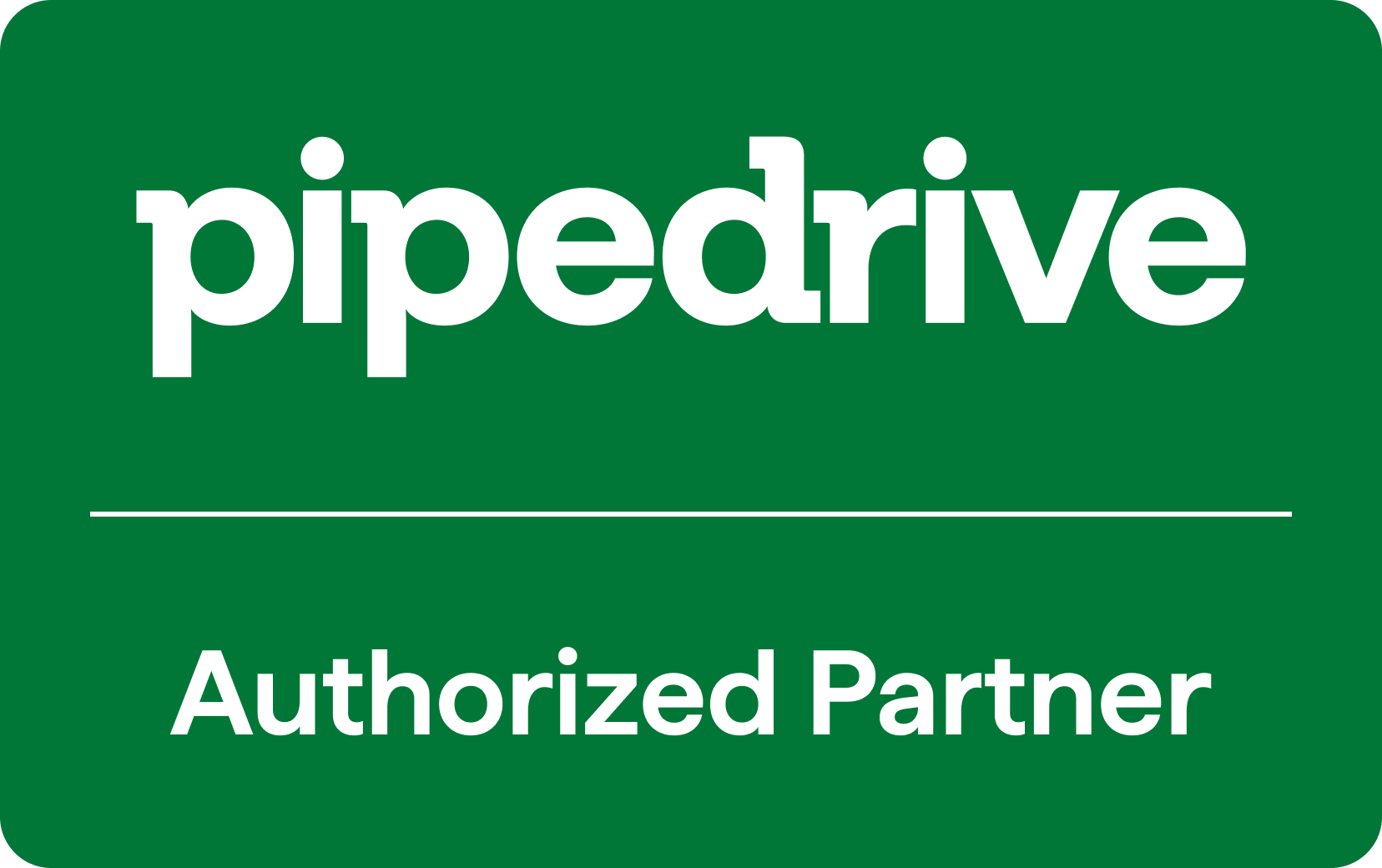If you’ve worked in digital marketing for any length of time, you’ll know one thing for sure: search is evolving fast.
It’s no longer just about keywords and backlinks. With local intent, conversational queries, and AI-powered search results shaping how users find information, businesses now need to think beyond traditional SEO.
That’s where GEO and AEO come in, new layers of optimisation that help your brand show up where and how people actually search today.
Let’s break it down.
What is SEO?
Search Engine Optimisation (SEO) is the backbone of online visibility. It’s how search engines understand, rank, and deliver your content to users.
It typically covers three main areas:
- On-page SEO – Optimising content, metadata, and headings for relevance and clarity.
- Off-page SEO – Building trust signals through backlinks, digital PR, and brand mentions.
- Technical SEO – Making sure your site performs smoothly, loads fast, and can be crawled effectively.
In short, SEO builds your site’s authority and ensures it’s visible in the first place.
What is GEO?
GEO, or Geographic SEO, focuses on local visibility, getting your brand noticed in specific regions or cities.
Think of it this way: search results today are deeply personalised by location. A “plumber in Slough” isn’t competing with plumbers in London; they’re competing locally. GEO helps you win those micro-markets.
How?
By using tools like Google Business Profile, local citations, and geo-targeted schema, you can signal to search engines exactly where you serve and who you want to reach.
For local service-based businesses, GEO isn’t optional; it’s essential.
What is AEO?
AEO, short for Answer Engine Optimisation, represents the next wave of search.
As AI and voice assistants become more common, users aren’t just typing queries; they’re asking questions. AEO focuses on ensuring your brand provides the right answer.
You’ve seen this in action through:
- Featured snippets (“position zero” answers)
- Voice search results (“Hey Google, what’s the best café near me?”)
- Knowledge panels and entity-rich results
AEO is built around understanding intent, entities, and semantics, helping search engines recognise your brand as the best and most authoritative answer.
How They Work Together
Each approach serves a slightly different purpose, but they’re most powerful when combined.
- SEO builds authority across broad or competitive terms.
- GEO ensures you’re visible where it matters most, locally.
- AEO positions your brand as the go-to answer for conversational and AI-driven queries.
For example:
A national brand could use SEO to target “buy office furniture online,” apply GEO for “office furniture Manchester,” and add AEO to win snippets like “what’s the best ergonomic chair for home offices?”
Together, these strategies create a complete search ecosystem, one that meets users wherever they are.
Choosing the Right Focus
So, where should you start?
It depends on your business goals and audience:
- Local businesses - Start with GEO, backed by solid SEO fundamentals.
- Brands targeting voice and conversational search - Invest in AEO to capture AI-driven queries.
- National or global companies - Lead with SEO, then layer in GEO and AEO to dominate both broad and local searches.
- Limited budgets - Begin with SEO, then expand into GEO or AEO as your strategy matures.
Tactical Tips
If you’re ready to put this into action, here’s how:
For GEO:
- Claim and optimise your Google Business Profile
- Use local schema markup and regional landing pages
- Build citations in relevant local directories
- Encourage local reviews and ratings
For AEO:
- Implement structured data (Schema.org, JSON-LD)
- Create FAQ sections and answer-based content
- Build entity-driven topic clusters
- Strengthen internal linking between related pages
Measure performance not just by rankings, but by:
- Local visibility
- Featured snippet wins
- Entity presence in results
- Voice search traffic
Challenges and the Road Ahead
A few things to keep in mind:
- AEO is still evolving. It’s an extension of SEO, not a replacement.
- Algorithms change fast. What works today might shift with the next update.
- Voice and AI search data is still limited, but it’s growing.
Looking forward, as AI and large language models become the backbone of search, optimisation will feel less like chasing rankings and more like guiding conversations.
By 2026, the best search strategies won’t just rank, they’ll answer.
SEO, GEO, and AEO aren’t competing strategies - they’re complementary.
When combined, they future-proof your visibility across traditional search, local results, and the new world of AI-powered discovery.
Brands that invest early in all three will stay ahead - visible not just on search pages, but in the answers people rely on.
FAQs
What’s the difference between SEO, GEO, and AEO?
SEO builds visibility. GEO targets location-based audiences. AEO focuses on optimising for direct, conversational answers.
Is AEO replacing SEO?
No. AEO enhances SEO - it’s about adapting to how users now ask for information.
Do small businesses need GEO and AEO?
Yes. GEO helps you win locally, while AEO gives you a voice in emerging AI-driven search experiences.






.svg)















